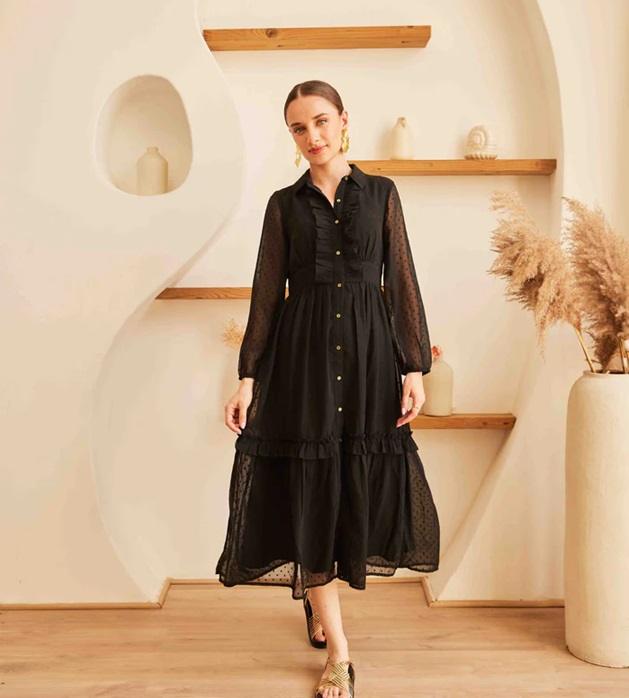Mexican Horse Saddles
Mexican horse saddles are world-renowned for their intricate craftsmanship, durability, and deep cultural heritage.
These saddles not only showcase exceptional artistry but also provide unmatched functionality for riders, especially those engaged in long-distance riding or traditional Mexican equestrian sports like charreada.
Each Mexican saddle reflects centuries of equestrian tradition, blending comfort with eye-catching aesthetics. In this guide, we’ll explore the history, types, key features, and selection tips for Mexican horse saddles.
The History of Mexican Horse Saddles
Mexican saddles trace their origins back to the Spanish colonial period when Spanish settlers brought their equestrian traditions to the New World. These traditions merged with Indigenous Mexican culture, resulting in saddles that were functional for ranch work and comfortable for long rides over rough terrain. Over time, Mexican artisans added unique decorative elements, giving birth to distinctive styles still popular today. The charro, Mexico’s traditional cowboy, played a significant role in shaping the design, adding elements for style, durability, and efficiency suited to ranch life.
Why Mexican Horse Saddles Are Unique
Mexican saddles are celebrated for their distinctive style, combining functionality with elaborate designs. Many feature hand-tooled leather, silver accents, and detailed carvings that make them works of art. While designed for practical use, the beauty of Mexican saddles makes them highly valued in equestrian sports and among collectors. Unlike many other saddle types, Mexican saddles are built for balance, ensuring comfort for both horse and rider over extended periods.
Types of Mexican Horse Saddles
Mexican saddles come in various styles, each suited to different activities and preferences. Here are some of the most popular types:
Charro Saddle
The charro saddle, used in traditional Mexican rodeo events called charreadas, is one of the most iconic types. It is known for its wide seat, high pommel, and rounded cantle, making it comfortable for prolonged use. These saddles are often elaborately decorated with leather tooling, silver adornments, and intricate stitching. The charro saddle is particularly sturdy, designed to handle roping and other demanding activities in charreada events.
Vaquero Saddle
The Vaquero saddle has roots in the Mexican and California Vaquero (cowboy) traditions. It typically has a deep seat, high cantle, and broad horn for roping, making it ideal for ranch work. Vaquero saddles are known for their comfort, providing excellent support for long hours spent working cattle. They often feature minimal decoration compared to charro saddles but retain a classic, rustic aesthetic.
Rancho Saddle
The Rancho saddle is a versatile, multipurpose saddle used mainly by ranch workers. It is similar to the Vaquero saddle but is generally less decorated and more rugged. Rancho saddles focus on functionality and durability, with wide fenders and a sturdy design that withstands the rigours of ranch life. They are an ideal choice for everyday use, especially for riders who need reliable equipment.
Spanish Colonial Saddle
Also known as the “Mexican Colonial” or “Mestizo” saddle, the Spanish Colonial saddle combines traditional Spanish designs with Indigenous Mexican craftsmanship. This saddle style usually includes intricate leather work and metal decorations. Spanish Colonial saddles are popular among collectors and are commonly used in exhibitions due to their historical value and elegant design.
Materials and Craftsmanship
The artistry in Mexican saddles is evident in the attention to detail and the quality of materials used. Skilled artisans craft these saddles from full-grain leather, which is durable, flexible, and ideal for intricate tooling. The leather is carefully treated and hand-carved with traditional patterns, sometimes representing Mexican heritage or regional designs. Silver or metal conchos, rivets, and studs enhance the saddle’s appearance, adding a distinctive Mexican flair that combines beauty with functionality.
How to Choose the Right Mexican Horse Saddle
Selecting a Mexican saddle involves considering the rider’s needs, the type of riding, and aesthetic preferences:
- Purpose: For rodeo or charreada, a charro saddle is ideal, while a Vaquero or Rancho saddle works well for ranch activities. Exhibition saddles like Spanish Colonial are great for shows or collectors.
- Fit: Ensure the saddle fits both horse and rider comfortably. Mexican saddles tend to have wide seats, but it’s crucial to test for fit and comfort, especially if you’ll be riding long hours.
- Quality of Leather: High-quality, full-grain leather ensures longevity. Check for smooth stitching, well-defined tooling, and secure hardware.
- Decorative Features: Choose the level of decoration that matches your style and use. Heavily decorated saddles are beautiful but may be more suited for exhibitions or special events, while simpler saddles are practical for everyday use.
Uses of Mexican Horse Saddles in Equestrian Sports
Mexican horse saddles are versatile and used in various equestrian activities:
- Charreada: The charro saddle is essential in this traditional Mexican rodeo sport, which includes events like reining, roping, and bull riding.
- Ranch Work: Vaquero and Rancho saddles are staples for cowboys working on ranches, as they provide durability and comfort over long hours of cattle handling.
- Trail Riding: Many Mexican saddles, particularly those with padded seats and broad fenders, are suitable for trail riding, offering comfort on rugged terrains.
- Exhibitions and Shows: Spanish Colonial saddles are highly valued in exhibitions, showcasing Mexican heritage through ornate designs and exceptional craftsmanship.
Conclusion
Mexican horse saddles are much more than functional riding equipment; they’re pieces of art that capture the spirit of Mexico’s equestrian heritage. Whether you’re looking for a saddle for charreada, ranch work, or a collectible showpiece, Mexican saddles offer beauty, craftsmanship, and comfort. With proper care, an authentic Mexican saddle can be a lifelong companion, enriching your equestrian experience with a touch of tradition and style.
FAQs
- What makes a charro saddle different from other Western saddles?
- Charro saddles have a high pommel, rounded cantle, and decorative silver elements, designed specifically for Mexican rodeo sports.
- Can Mexican saddles be used for daily riding?
- Yes, Mexican saddles, especially Vaquero and Rancho styles, are ideal for daily riding and ranch work due to their durability and comfort.
- How do I choose the right size for a Mexican saddle?
- Measure the seat size and ensure it fits the horse’s back. A proper fit reduces discomfort and prevents sores on the horse.
- Are Mexican saddles heavy?
- Mexican saddles are typically heavier than standard Western saddles due to their durable leather and decorative metalwork, but the weight is balanced for comfort.
- What’s the best way to clean a Mexican saddle?
- Use a leather cleaner for the saddle and polish metal accents with a gentle silver polish. Avoid water or harsh chemicals to preserve the leather’s quality.







